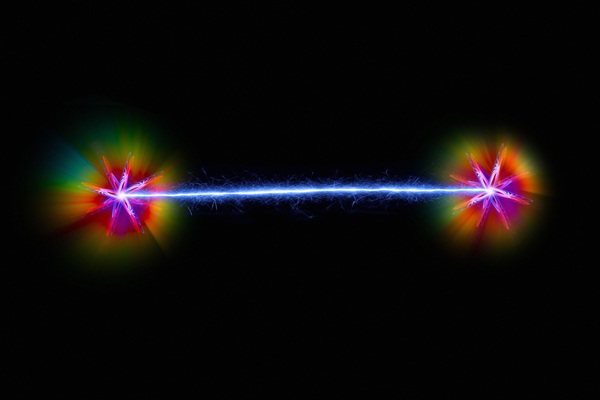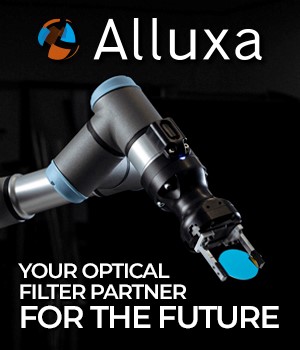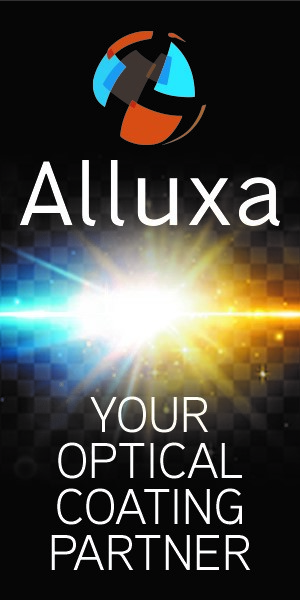Apr. 23, 2025
An exact expression for a key process needed in many quantum technologies has been derived by a RIKEN mathematical physicist and a collaborator. This could help to guide advances in quantum technologies.
Many emerging quantum technologies such as quantum computing and quantum communication rely on entanglement.
Famously described by Einstein as “spooky action at a distance,” entanglement is the mysterious phenomenon whereby two or more particles become so closely interconnected that, no matter how great the distance between them, they exhibit ‘quantum correlations’ that far exceed the mutual relations achievable in classical systems.
Quantum technologies need pure, noiseless entangled states, but real systems generally produce noisy and weakly entangled ones due to the physical imperfections of current quantum technologies.
To bridge this gap, a process known as entanglement distillation is used. Also known as entanglement purification, it takes multiple noisy entangled states and converts them into a smaller number of maximally entangled states.
“Entanglement distillation is essential because there is this gap between the pure entanglement that quantum protocols require and the noisy entanglement we can prepare in the lab,” explains Bartosz Regula of the RIKEN Center for Quantum Computing.
But mathematically determining how fast entanglement can be distilled from noisy quantum states is extremely challenging.
“Except for some very special cases, we’re unable to evaluate the rate of entanglement distillation,” says Regula. “This greatly limits our understanding of entanglement distillation.”
Now, Regula and Ludovico Lami of the University of Amsterdam in the Netherlands have derived an exact expression for less stringent conditions. This is only the second time that such an exact expression has been derived in the field.
The advance helps shed light on a question that goes back two decades. “A series of papers about 20 years ago claimed to have shown some connections between entanglement distillation and relative entropy,” notes Regula. “But these questions have received renewed attention in recent years because the original mathematical proofs they were based on were found to contain a flaw.”
Regula was surprised when an exact expression fell out. “We suspected that there might be a relationship,” says Regula. “But it was a nice surprise when we were able find an exact expression for it.”
Because the expression is based on an approximation involving a large number of quantum states, it will be a while before experiments reach a scale where the expression becomes applicable.
“This is a case where theory is far ahead of experiments,” says Regula. “To see these rates, we’d need to manipulate many, many quantum systems at the same time, but experimentalists currently struggle to manipulate tens or hundreds of quantum bits.
Reference
1 .Lami, L. & Regula, B. Distillable entanglement under dually non-entangling operations. Nature Communications 15, 10120 (2024). doi: 10.1038/s41467-024-54201-5





